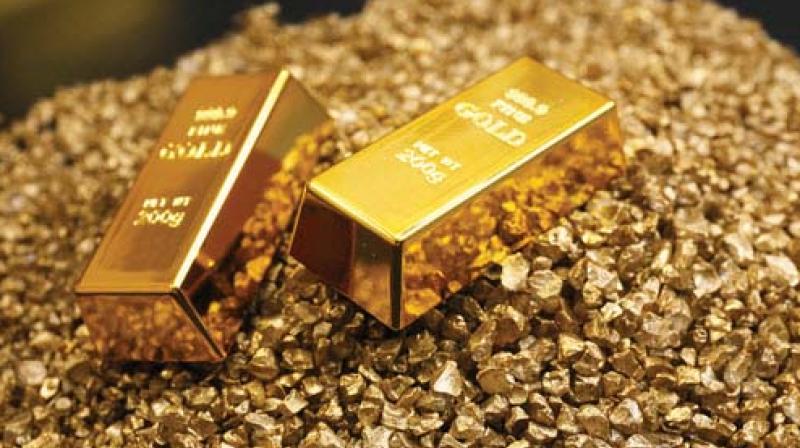The annual supply of gold increased 2% to 4,776t. This growth came purely from recycling and hedging: mine production slipped 1% to 3,436.7t

Global gold demand declined to 4355.7 tonnes (t) in 2019, down 1% on 2018, according to the World Gold Council’s latest Gold Demand Trends report. The year 2019 was broadly one of two distinct halves; resilience and growth across most sectors in the first six months contrasted with widespread weakness in the second. Central bank demand slowed in the second half – down 38% - in contrast with H1’s 65% increase.
However, this was partly due to the sheer scale of buying that had been seen in the preceding few quarters. Annual buying nevertheless still reached a remarkable 650.3t – the second highest level for 50 years and only 6t less than in 2018. Gold-backed exchange-traded funds (ETFs) inflows bucked the general trend, with investment in these products holding up strongly throughout the first nine months of the year, reaching a crescendo of 255.5t in Q3. Momentum then subsided in Q4, with inflows slowing to 26.4t (-77% y-o-y).
The annual supply of gold increased 2% to 4,776t. This growth came purely from recycling and hedging: mine production slipped 1% to 3,436.7t. Looking at Q4 in particular, gold demand fell 19% to 1,045.2 compared with the same quarter in the previous year which saw very strong demand. Two of the main contributors to the y-o-y drop in the Q4 total were jewellery demand and investment in gold bars, largely in response to the elevated gold price. Inflows into gold-backed ETFs and similar products pushed global holdings to a record year-end total of 2,885.5t.
Holdings grew by 401.1t over the year, with 26.8t added in Q4 2019. Inflows had been heavily concentrated in Q3 2019, as the US dollar gold price rallied to a six-year high. Accommodative monetary policies and global geopolitical uncertainties, along with momentum buying, were the main factors driving inflows into the sector in 2019. Central banks were net buyers for a tenth consecutive year as global reserves grew by 650.3t (down 1% y-o-y), the second highest annual total for 50 years.
Central bank buying slowed in Q4 2019, down 34% y-o-y, although this was partly a reflection of the sheer scale of buying in 2018. China and India held sway over global consumer demand. Together, the two gold consuming giants accounted for 80% of the y-o-y decline in Q4 2019 jewellery and retail investment demand, down 10% and 16% 33% respectively. High (and more volatile) gold prices and a softer economic environment were the main culprits. Total annual gold supply edged up 2% to 4,776.1t. An 11% jump in recycling was the main reason for the increase, as consumers capitalised on the sharp rise in the gold price in the second half of the year.
Annual mine production was marginally lower at 3,463.7t – the first annual decline in over 10 years. The gold price averaged US$1,481/oz in Q4 – its highest quarterly average since Q1 2013. Although the price remained below the Q3 high of above US$1,550/oz, it was well supported throughout the quarter. Gold priced in various currencies – including euro, Indian rupee and the Turkish lira – hit their highest levels in history.
Alistair Hewitt, Head of Market Intelligence at the World Gold Council, commented: “Demand for gold-backed ETFs surged in 2019 as investors sought to diversify their portfolios and hedge against uncertainty in other markets. These inflows, along with a sharp increase in futures positioning, saw the US dollar gold price reach a six-year high. But retail investment and jewellery demand sank, partly due to the rapid price rise in the second half of the year.
“Looking ahead, we expect gold’s safe haven qualities to remain at the forefront of investors’ minds as they navigate global tensions, low yields, and stretched equity valuations”
Be the first to comment